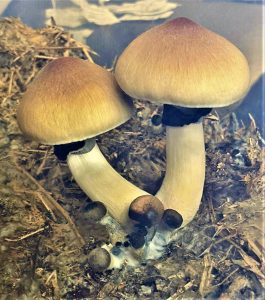Both Psilocybe cubenses as well as Copelandia Cyanescents are both psychedelic mushrooms that contain tryptamine-based alkaloids and they have different effects. Copelandia is also known as the Hawaiian mushroom, is a tropical mushroom which is utilized for ritual purposes and in the tourism trade in Bali. In order to get the black juice the caps are cooked. After consumption, the effects are euphoric. It can also cause hallucinations.
Derrumbes
Psilocybin-rich fungi have long been popular in both spiritual and religious practices. They can also be utilized for their medicinal properties in the beginning. The fungi contain a mixture of primary neurotropic compounds and some trace amounts of other molecules. While no human trials have been conducted, the fungi have been mentioned in a number of patents as potential anti-viral agents. American mycologist Paul Stamets also reported the presence of Indian names in the psilocybin spores (forum.itguru.lk) mushrooms.
Albino Goldies
The Albino Goldies, a combination of the Albino A+ and Golden Teacher strains of psychedelic mushrooms are one of the most sought-after. They stand out for their ability to combine the benefits of Golden Teachers and Albino A+ to produce rapid physical effects that lasts between four to six hours. They are a great option for those who have experience with psychonauts and wish to avoid the negative effects of the earlier.
Psilocybe semilanceata

There are two kinds of pilosporum which can be confused. Psilocybecubenis, and Psilocybe Semilanceate. Both species have rhomboid spores and are similar in appearance. Psilocybe Semilanceata's cap is long and round, whereas P. cubensis's cap is rounded and has rhomboidspores.
Psilocybe azurescens
Although there are many closely related species of mushrooms in the Psilocybe genus, P. Azurescens is distinct in that it does not share its habitat with any other species. Therefore, it is classified as a LBM (low-browser mushroom). LBMs are collections of nondescript, unrelated mushrooms. It can be difficult to recognize LBMs. Foragers need to be extremely cautious in identifying the mushrooms they find and take spore prints to verify their identification.

